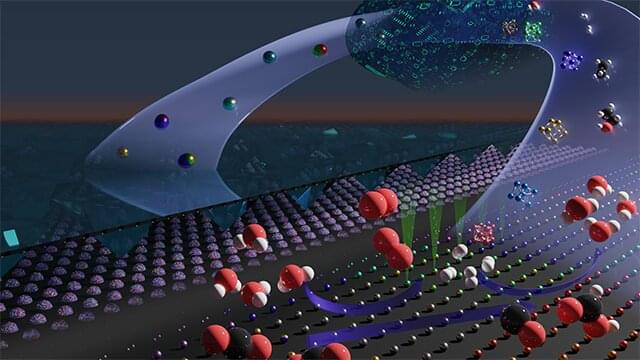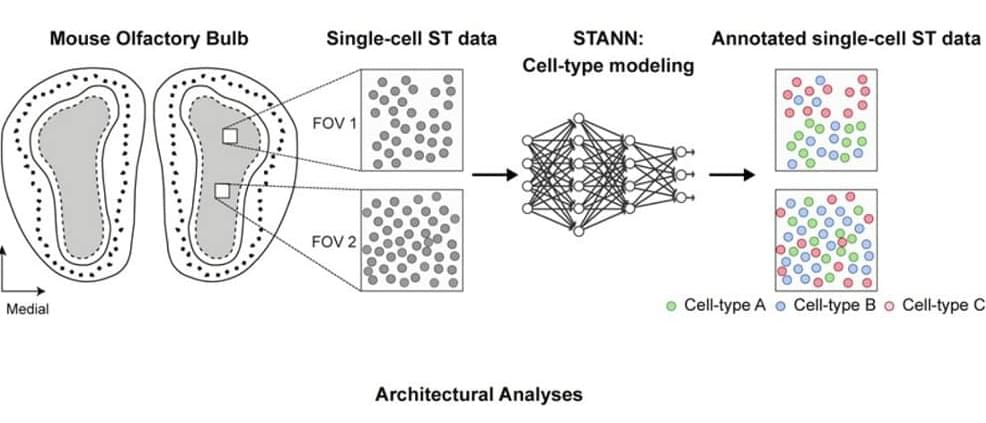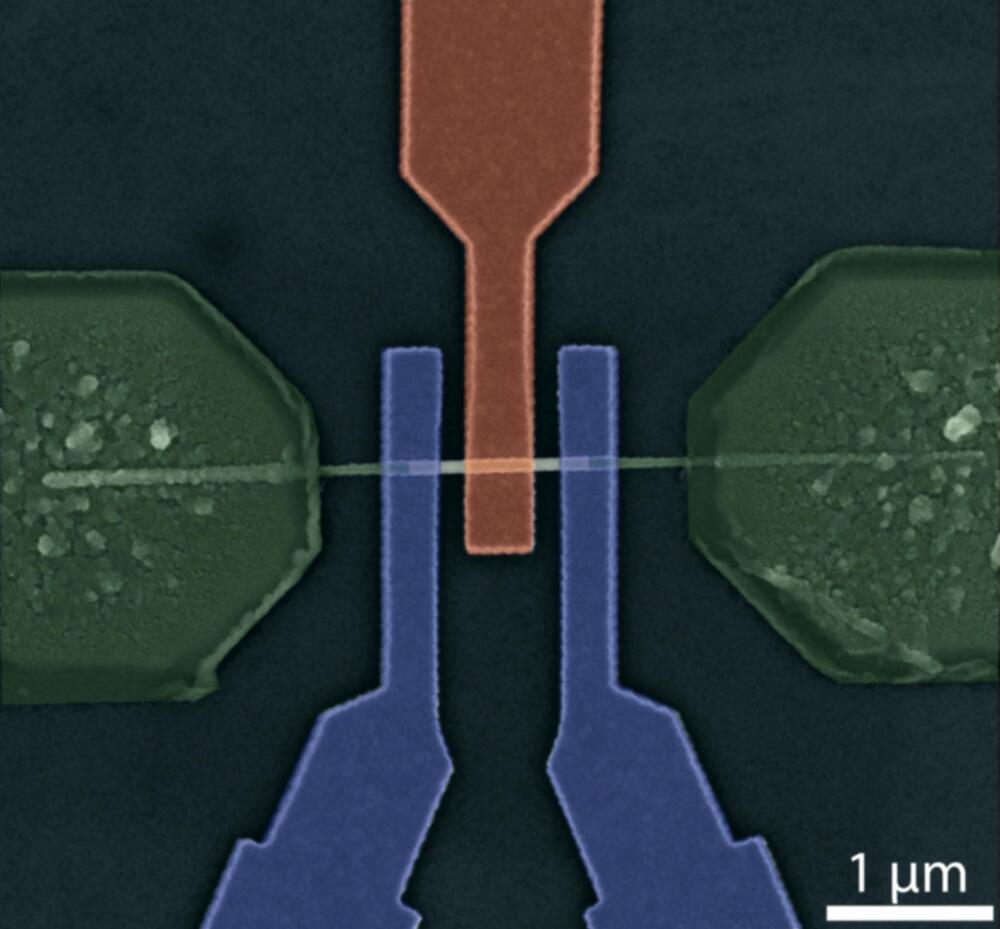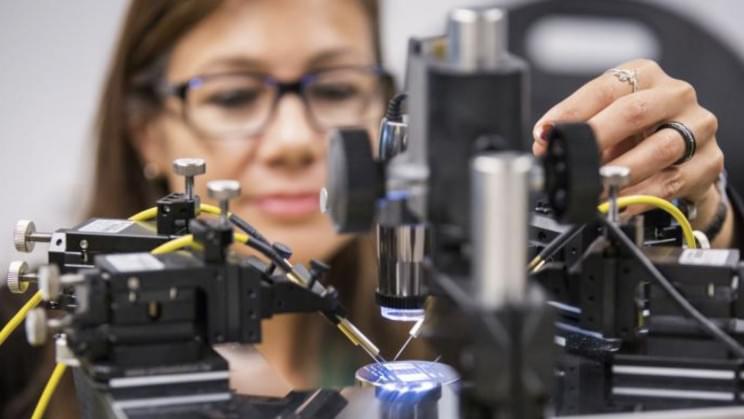Tiny amounts of artificial noise can fool neural networks, but not humans. Some researchers are looking to neuroscience for a fix.



Scientists and institutions dedicate more resources each year to the discovery of novel materials to fuel the world. As natural resources diminish and the demand for higher value and advanced performance products grows, researchers have increasingly looked to nanomaterials.
Nanoparticles have already found their way into applications ranging from energy storage and conversion to quantum computing and therapeutics. But given the vast compositional and structural tunability nanochemistry enables, serial experimental approaches to identify new materials impose insurmountable limits on discovery.
Now, researchers at Northwestern University and the Toyota Research Institute (TRI) have successfully applied machine learning to guide the synthesis of new nanomaterials, eliminating barriers associated with materials discovery. The highly trained algorithm combed through a defined dataset to accurately predict new structures that could fuel processes in clean energy, chemical and automotive industries.

Artificial intelligence (AI) backed drug discovery company Insilico Medicine announced last week that it was dosing the first healthy volunteer in a microdose trial of ISM 001–005. Designed with the help of AI, the drug is a small-molecule inhibitor of a biological target that was discovered by Pharma. AI. The trial is being conducted in Australia.
The AI-designed drug will be used to treat chronic lung disease idiopathic pulmonary fibrosis, or IPF usually leads to progressive and irreversible lung-function decline and affects 20 people out of over 100,000 globally.
Chief Scientific Officer of Insilico, Freng Ren, said in a press release that this drug discovery and trial marks a significant milestone in the AI-drug discovery space. This is because the said candidate is the first-ever AI-discovered novel molecule based on an AI-discovered target.

Korean researchers have created a very realistic and capable robot hand that looks very promising. It is strong (34N of grip strength) and reasonably lightweight (1.1 kg), too. There are several videos of the hand in action, of which you can see two of them below including one where the hand uses scissors to cut some paper. You can also read the full paper for details.
Like many good projects, this one started with requirements. The team surveyed existing hands noting the positives and negatives of each design. They then listed the attributes they wanted in a new design.
The 22 cm hand has 4 fingers, a thumb, and sensors on each fingertip. Overall, there are 20 joints resulting in 15 degrees of freedom so the hand is very dexterous. The construction looks taxing with eccentric motors, ball screws, and linkages. However, the hand is self-contained and ready to mount on any robot arm.

AI machine learning presents a roadmap to define new materials for any need, with implications in green energy and waste reduction.
Scientists and institutions dedicate more resources each year to the discovery of novel materials to fuel the world. As natural resources diminish and the demand for higher value and advanced performance products grows, researchers have increasingly looked to nanomaterials.
Nanoparticles have already found their way into applications ranging from energy storage and conversion to quantum computing and therapeutics. But given the vast compositional and structural tunability nanochemistry enables, serial experimental approaches to identify new materials impose insurmountable limits on discovery.

Summary: A new computational method sheds light on the intricacies of brain structure and function.
Source: Baylor College of Medicine.
To better appreciate how a complex organ such as the brain functions, scientists strive to accurately understand both its detailed cellular architecture and the intercellular communications taking place within it.

Revolutionary new electronic components can be adapted to perform very different tasks – a technology perfectly suited for artificial intelligence.
Normally, computer chips consist of electronic components that always do the same thing. In the future, however, more flexibility will be possible: New types of adaptive transistors can be dynamically switched during run-time to perform different logical tasks. This fundamentally changes the possibilities of chip design and opens up completely new opportunities in the field of artificial intelligence, neural networks or even logic that works with more values than just 0 and 1.
In order to achieve this, scientists at TU Wien (Vienna) did not rely on the usual silicon technology, but on germanium. This was a success: The most flexible transistor in the world has now been produced using germanium. It has been presented in the journal ACS Nano. The special properties of germanium and the use of dedicated program gate electrodes made it possible to create a prototype for a new component that may usher in a new era of chip technology.

Would you trust AI that has been trained on synthetic data, as opposed to real-world data? You may not know it, but you probably already do — and that’s fine, according to the findings of a newly released survey.
The scarcity of high-quality, domain-specific datasets for testing and training AI applications has left teams scrambling for alternatives. Most in-house approaches require teams to collect, compile, and annotate their own DIY data — further compounding the potential for biases, inadequate edge-case performance (i.e. poor generalization), and privacy violations.
However, a saving grace appears to already be at hand: advances in synthetic data. This computer-generated, realistic data intrinsically offers solutions to practically every item on the list of mission-critical problems teams currently face.

Traditional robots can have difficulty grasping and manipulating soft objects if their manipulators are not flexible in the way elephant trunks, octopus tentacles, or human fingers can be.
In Applied Physics Reviews, investigators from Shanghai Jiao Tong University in China developed a type of multiple-segment soft manipulator inspired by these biological systems. The soft manipulators are based on pneu-nets, which are pneumatically actuated elastomeric structures.
These structures have a tentaclelike shape and consist of a series of connected internal chambers which can be inflated pneumatically, blowing them up like a balloon. One side of the tentacle is highly flexible while the other is stiffer. Increasing air pressure to the chambers causes the structure to bend toward the stiff side.

It overcame three significant challenges.
A team of researchers from the University of Technology Sydney’s Faculty of Engineering and IT has created a biosensor that clings to the skin of the face and head to detect electrical signals transmitted by the brain. Then, these signals are translated into commands to control autonomous robotic systems.
The novel biosensor has overcome three major challenges of graphene-based biosensing: corrosion, durability, and skin contact re… See more.